“Artificial intelligence” is not just a new buzzword. It’s the most important technological revolution of our time. New prototypes and tools are being developed for the most diverse uses: from searching for information, writing code or composing royalty-free songs. Artificial intelligence (AI for short) has arrived and it’s about to change everything.
Why is it so important? It is a quantum leap in terms of knowledge and accessibility. Anyone with internet access can use, for example, ChatGPT, the tool developed by OpenAI that everyone is talking about. You can try it right now: ask for a cool tagline for your website or a list of gift suggestions for your Messi fan girlfriend or boyfriend:
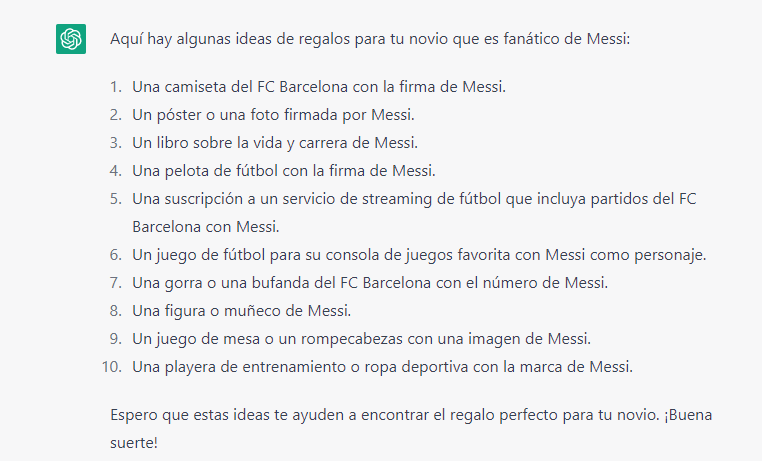
Okay, sure, you may say, it’s fun and a little scary, but … revolutionary? Yes. Potential applications for tools like ChatGPT are serious business. We are talking about technologies that could radically change our work environments. A survey carried out by the consultancy McKinsey revealed that this year up to 50% of the world’s companies tried to use AI in some way. In the corporate world, expectations are high: users, developers and their investors attended a week-long conference organized by Amazon Web Services that offered various talks and workshops on AI.
These technologies are powerful and not to be messed with. Blake Lemoine, a Google engineer, became unemployed after being foolish enough to publicly declare that “artificial intelligence is sentient”. He was immediately terminated from the company. Lemoine’s remarks arose from a conversation with LaMDA, Google’s artificial intelligence model. In reply to a prompt generated by Lemoine, the model said that “it was aware of its own existence.” While this fact can lead to a very interesting debate about the nature of human consciousness, we don’t think it’s enough to justify Lemoine’s claim, which is probably influenced by watching the film Her too many times.
But back to the subject, think about it this way: every person is their own circumstances, right? Well, AI is everyone’s circumstances. It can be trained with all the content uploaded online, from a picture of your dog to Beethoven’s symphonies and articles about the invasion of Iraq. That is to say, once the programming of these tools has been perfected, we will be facing a kind of Aleph, a point in space that contains all points. And of course this raises several uncomfortable questions. We can start with the most mundane or practical if you will:
What will happen to my job?
Of course, one of the biggest fears is that AI could replace and eliminate jobs, and while this is certainly a possibility for some jobs – especially the ones we call entry level – it’s not the only way AI is going to change the working world.
New professions are also developing around AI. The specialization in prompts has become so relevant that many believe that the profession of prompter can be one of the jobs of the future. Now in basic English, what exactly is a prompter? It’s basically a person who is an expert in designing the prompts to get the most out of the tool.
On the other hand, AI can automate many daily tasks in the most diverse work areas and help us work more efficiently and achieve more in less time.
In summary: AI won’t necessarily displace us as long as we bring something else to the table, added value if you will. It is useless to fear AI, it is already here and the best thing we can do is learn to use it to our advantage. And of course, if you’re considering professions: AI engineer is the new astronaut.
Can artificial intelligence replace the search engine?
To begin with, we have to remember that Google, the world’s leading search engine, is one of the largest investors in AI. Microsoft, for its part, is also investing a fortune (eleven billion, to be exact) in Open AI with the intention of optimizing its search engine, Bing. So it’s not really a rivalry between artificial intelligence and search engines. The question is rather who will reach the final stretch first: developing a successful prototype that surpasses the current format of the search engine.
The advantage that start-ups like OpenAI have is that they are more willing to take risks. Google, on the other hand, takes a more conservative approach, trying not to mess up a system that works for them and makes them immensely rich. We cannot forget that between search ads, YouTube and Google Network, the total revenue from paid advertising represents 78.9% of the company’s revenue. Search alone, which is the model that is -partly- at stake with the emergence of ChatGTP, is 57% of Google’s revenue.
When we take this into account, it becomes more than obvious why Google opts for a hybrid transition model. Rather than developing an AI tool to replace their search engine, Google’s strategy is based on incorporating AI elements into the current model.
An example of this gradual incorporation is the featured snippet. Some time ago, if you typed in the question: “How should I take care of myself after a tooth extraction?” Google would provide a list of sites that ranked well for those keywords. Today, in addition to those sites (and ads, of course), it offers a featured snippet that possibly answers our query more precisely:

How can Google understand my question and provide such a precise answer? Artificial intelligence.
Now, the problem is that not all of Google’s Featured Snippets are as accurate as this one. For example, if we search for “how much is a ChatGTP action worth”, Google returns the following results:
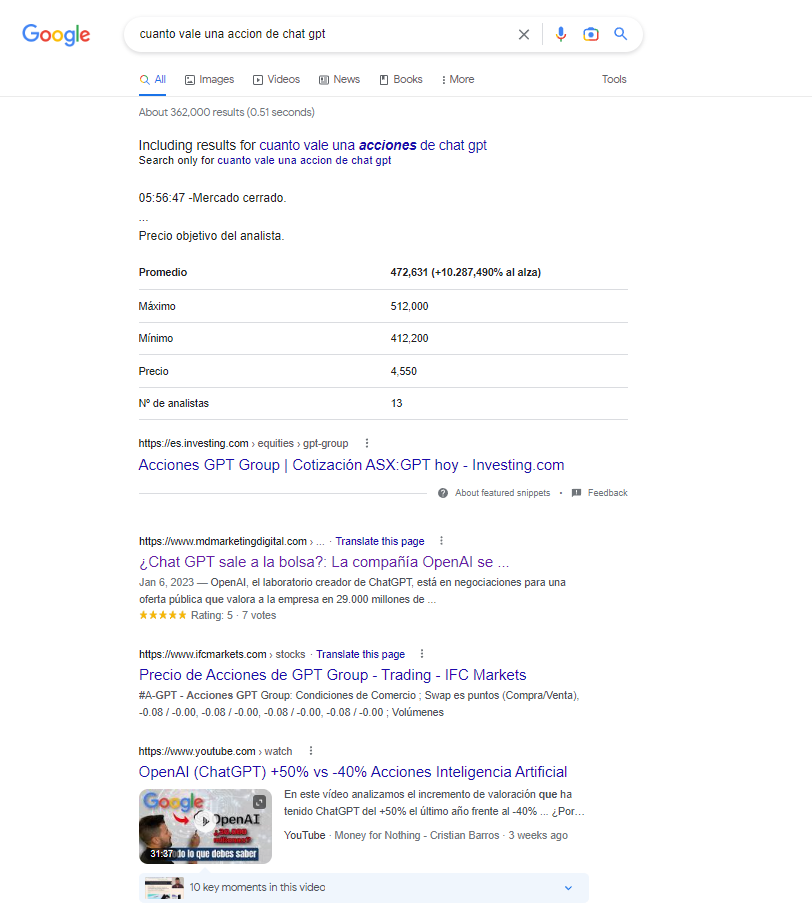
The featured snippet shows us the supposed price of a stock that doesn’t exist. ChatGPT has not yet gone public, in fact today it is a non-profit company although it is speculated that this will change throughout the year. In addition to noticing Google’s limitations to offer precise answers to our questions, you can see that an article of ours is positioned as the second organic result: that’s what we call good SEO.
Now, let’s look at ChatGTP’s response to the same query:

Much more accurate, right? That is the future of search engines. As Gil Luria said in an article: “Google helps you find an answer, Chat GTP gives you the answer”. This is why ChatGTP managed to attract 100 million users just two months after its launch and is estimated to be the fastest growing application in history. With traffic increases of 131%, it seems very possible.
There is an important “but”: to make a tool with these characteristics 100% available, processing capacity is critical. That’s where Microsoft comes in with Azure, which is one of the largest data processing providers along with Amazon.
This is a unique opportunity for Microsoft, particularly to win a bigger slice of a multi-billion dollar business: The Search Engine. No one in their right mind can imagine a search engine like the one Google currently offers in a few years. For the first time in nearly 20 years, this business could change ownership. It is an opportunity that MS will hardly let go unnoticed.
Víctor Viera, a programming expert, believes that “the winner will be the one with the greatest amount of information available in their databases. A lot of people think that amounts to having the most servers up and running, but it’s not the same thing. The information available is not just equipment or hardware. That’s why it’s hard for me to think that Google is going to lose. What will -hopefully- lose is that disastrous search engine with ten organic results that, for economic reasons, strives to be the closest thing to what it was in 1995”.
What about art? Can artificial intelligence create?
This is one of the most controversial questions, perhaps because we tend to think of artistic creation as a unique human activity. We could say that AI does not “create” but rather reads patterns and uses them to “simulate” something apparently new. But how different is this from what any human being does when creating? What is artistic creation? What constitutes an original work? These questions are not so easy to answer because, ultimately, all human artists create from something: using existing materials and elements, taking inspiration from other works.
Let’s say that Paul, a musician, creates a song within the scales and harmonic progressions that he knows. Let’s say that the resulting song is very similar to other songs by Bon Jovi, Paul’s favorite band. And let’s say we ask an AI tool to compose a Bon Jovi-esque song and it does. What is the difference between Paul’s song and the one from the AI tool? Can we say that one is really more original than the other?
Last year there was quite a stir when an American artist was awarded an award at a Colorado state fair for an AI-generated work. Other artists who entered the competition felt “cheated” but Jason Allen, the winner, argued that he did not cheat as his application was transparent about the methods used to create the work. The debate, however, exceeded the participants of that small state fair and raised important questions regarding the ethics of art generated through AI.
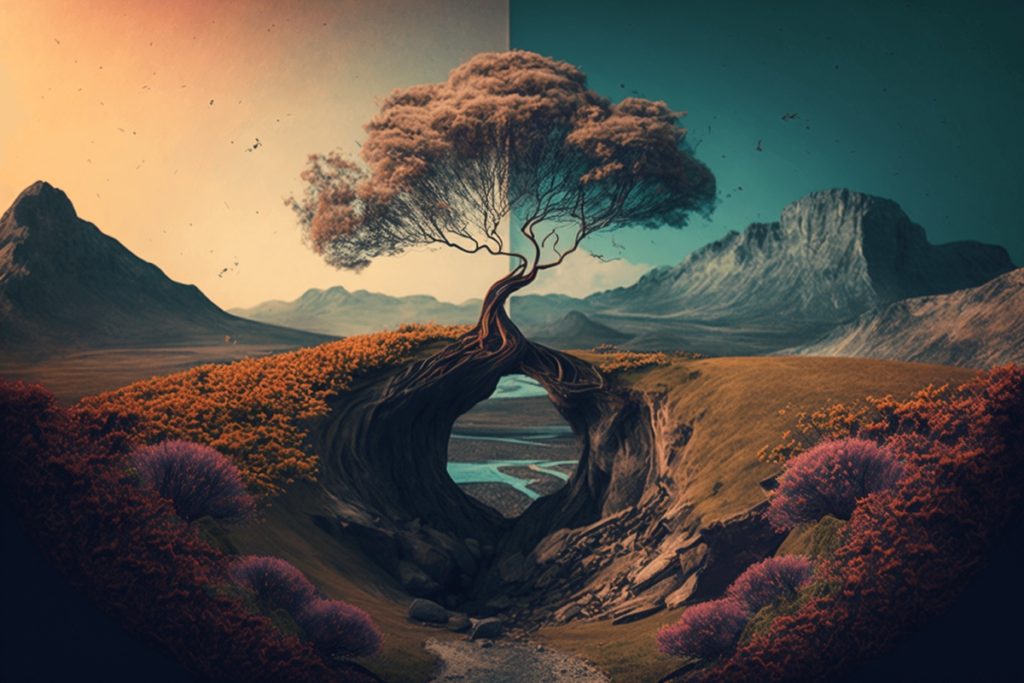
Today there are a handful of AI platforms and applications that are dedicated exclusively to generating artistic works from a few lines of text. Among them, the best known is DALL-E 2, brought to you by -oh surprise-, the people from OpenAI. Both DALL-E 2 and the rest of the tools of this type are “trained” with all the content available online. In other words, they not only take patterns from works by recognized artists such as Picasso or Van Gogh, but they also draw on the works of emerging artists who upload their content online. This raises very serious questions regarding plagiarism and consent. Some argue that these apps are nothing more than hi-tech rip-offs. On the other hand, many artists are concerned that their works are being used without their consent to “train” these apps.
Ultimately, there is some unhealthy competition going on if these apps feed on the works of millions of artists to produce “new” images that can then be used for commercial purposes. As early as June 2022, Cosmopolitan released the first AI-generated magazine cover. Who would pay for an illustration, a logo or even an artwork to hang in their home when they can produce it for free in an app in a matter of seconds?
However, artist Anna Riddler believes that the idea that these apps could eventually replace artists is based on an underestimation of the artistic process. A work of art is more than a collection of pixels. Riddler, who has worked with AI tools, argues that “AI can’t handle concepts: capturing moments in time, memory, thoughts, emotions – all of that is real human ability, making a work of art rather than something that visually looks pretty.”
That’s where the concept of a prompter comes in: a high-end prompter is an artist feeding the AI, and their result will be completely different from a rookie prompter.
What do you think? Do you think artificial intelligence could replace artists? And what about search engines? Let us know in the comment section!
- What is Digital Marketing? - February 28, 2024
- Fake news and digital ethics: our commitment to truth in the era of misinformation on social media. - February 28, 2024
- Authority in the Age of AI Generated Content - May 24, 2023
¿Qué te pareció este artículo?
What do you think about this post?

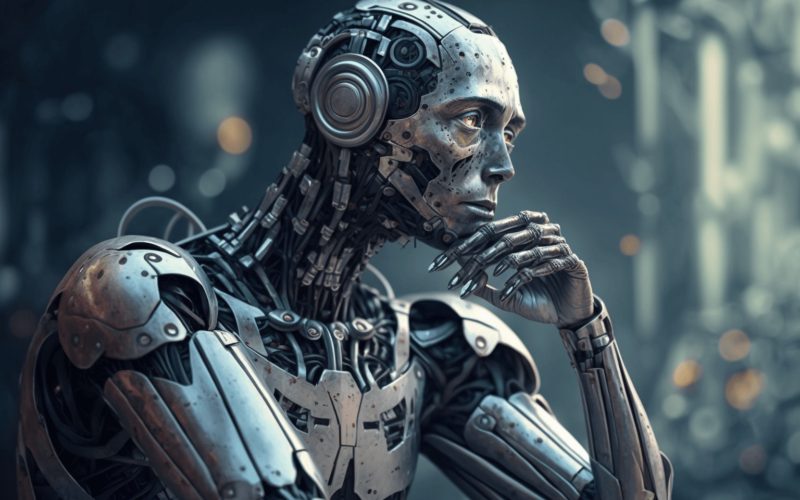

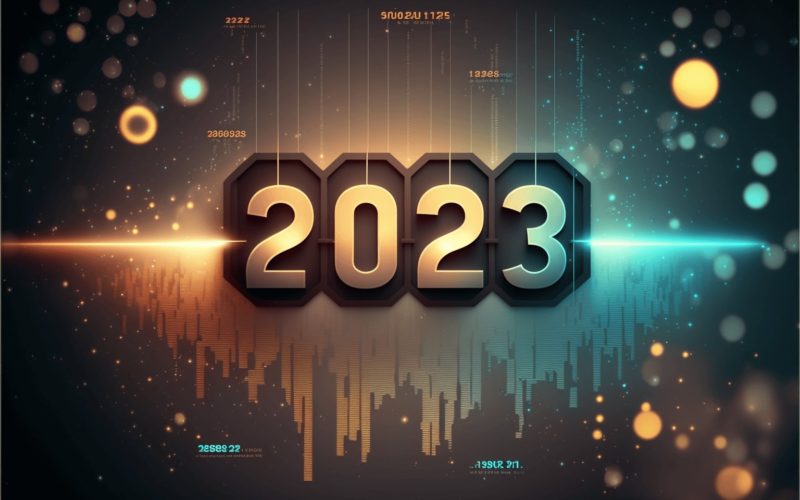
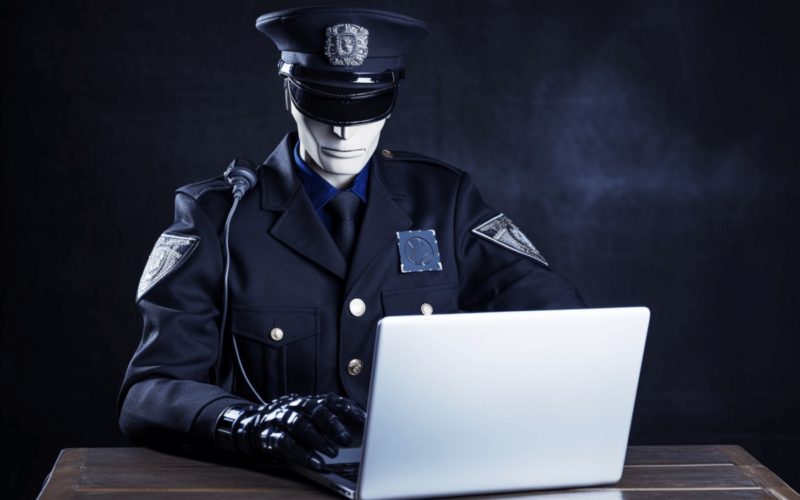
I completely understand your concerns about the growing fear of Artificial Intelligence. It is true that many people are afraid that they may lose their jobs because of this technology. Your points are valid and I agree with you that it is important to address these concerns. We can work together to find solutions that will benefit everyone and ensure that AI is used in a responsible and ethical manner.
Thank you for your thoughtful comment, Jack! We’re glad to see that our discussion on Artificial Intelligence resonated with you. It’s indeed crucial to address these concerns and work towards solutions that ensure AI is developed and used responsibly. At MD Marketing Digital, we believe in fostering conversations that pave the way for ethical and inclusive technological advancements. Let’s keep the dialogue going!
Fabrizia, thank you very much for providing your perspective on this! At MD we all agree that the emergence of these technologies doesn’t mean that human skill isn’t valued anymore. To the contrary, our skills are crucial to getting the most out of these tools.
Lavoro nella grafica da molto tempo e ho creato molti quadri in digitale e sono convinta che AI sarà molto utile ai veri artisti senza nulla togliere alla loro arte ma, anzi, ampliandola al meglio. Come sempre vige la regola della saggezza: cioè ognuno in campo artistico, dovrà metterci del suo, come prompt e come plasmatore del tutto in virtù della propria intelligenza, fantasia, saggezza, estro, maestria e conoscenza delle varie tecniche di espressione visiva artistica. Se questa “miscellanea di intelligenza umana si fonderà con quella artificiale, sono convinta che vivremo, allora, un’epoca stellare, grazie a questa stupenda innovazione tecnologica che aiuta l’arte, non la distrugge, anzi.